 | Please consider this as a work of hard science fiction. I had written present tense prose (from 2025's perspective), but had to rework this post to add in some future tense (i.e. 2021 perspective) for context so it has turned out to be a bit of a mess! So, it's a poor work of fiction, but certainly more informative than it was before. --- Ethereum is the global settlement layer. Or more technically, the global security and data availability layer. There's a flourishing ecosystem of external execution layers like rollups and volitions building on Ethereum. This is where all the users and dApps are. These execution layers are not "just scaling solutions" but vibrant communities, with their own cultures, identities, governance, and economies in their own rights. This is where all the innovation will happen, while Ethereum metamorphosises into an ossified settlement layer. The different communities will be talking with each other, competing but also working together for one seamless whole - Greater Ethereum. Here's a nice visualization made by u/emkoscp that illustrates this: Some will opt for rollups and be fully secured by Ethereum. Some will opt for validiums with centralized data availability, some will be validiums semi-decentralized data availability, i.e. their own consensus mechanism for data availability. Others will give users the choice. Some will opt to keep self-sovereign sidechains with their own relatively centralized consensus mechanisms without committing any proofs to Ethereum. Even here, there'll be a spectrum - it could be an alt L1 that's indifferent and siloed from Ethereum (e.g. Bitcoin), a defacto Ethereum sidechain that's hostile to Ethereum (Binance Smart Chain) or an Ethereum sidechain that's friendly to Ethereum (Polygon PoS). While this is a technologically inferior solution to validiums or volitions, marketing, memes and network effects will persist. Given that, the more pragmatic of 2021-era L1s will make a pivot to becoming volitions or rollups, but as mentioned, some will persist with the monolithic blockchain model despite crippling inefficiencies. A possible exception is zkL1s, if they can decentralize enough. What about users?
Another way to look at this is: Who will use Ethereum? Financial institution, governments, corporations, whales. And of course, rollups, volitions and validiums settling on them, and sidechains / alt L1s bridging to it. Who will use rollups? Enthusiast users that prefer self-custodying and interacting directly with the rollup chains. (How people currently use Ethereum) Who will use validiums and volitions? Same as above, but perhaps more cost conscious and willing to trade security for lower costs. I expect most people to use smart wallets or centralized aggregators; and rarely interact with discrete frontends like we do now. I'm sure there's an infographic that can be made from this! ApplicationsI don't think we can imagine the type of applications will be built on rollups. It's a wide-open design space, with applications that are simply impossible on traditional L1 blockchains. Non-consensus data availability will make significant strides, as will "Sign in with Ethereum" - both will be key. The floodgates will open to a new era of innovation, building innovative applications that'll transform how people and societies function. The lines between social networks, games, identity, governance and financial systems will increasingly start to get blurred. All of this will come together to make what many are now calling the metaverse, and most of it will be settled on Ethereum - even if users don't realize it. They will be Greater Ethereum users, even if they never use Ethereum directly. Ethereum - the base layerAt this point, Ethereum will have hundreds of data shards active. State expiry will be live, making the execution layer sustainable. Block builder / proposer separation is live, and the Beacon chain has single-slot finality. The Ethereum Foundation and the broader Ethereum research and client development community has one last remaining megaproject before Ethereum is ossified - zk-SNARK/STARK everything! We might even see some experiments with non-EVM zkVMs, perhaps a dedicated zkVM shard built specifically for settling zero-knowledge proofs from rollups or other advanced cryptography, in parallel to the existing EVM. Eventually, the time will come to zk-SNARK/STARK the canonical EVM execution layer and the Beacon chain itself, and this is about when I expect to see the first proto-EIPs start emerging. It'll be a daunting project, though, that'll take several years to complete. --- There's a lot more I'm dreaming about, but I'll stop here. Where do you think Ethereum will be in 2025? [link] [comments] |

You can get bonuses upto $100 FREE BONUS when you:
💰 Install these recommended apps:
💲 SocialGood - 100% Crypto Back on Everyday Shopping
💲 xPortal - The DeFi For The Next Billion
💲 CryptoTab Browser - Lightweight, fast, and ready to mine!
💰 Register on these recommended exchanges:
🟡 Binance🟡 Bitfinex🟡 Bitmart🟡 Bittrex🟡 Bitget
🟡 CoinEx🟡 Crypto.com🟡 Gate.io🟡 Huobi🟡 Kucoin.


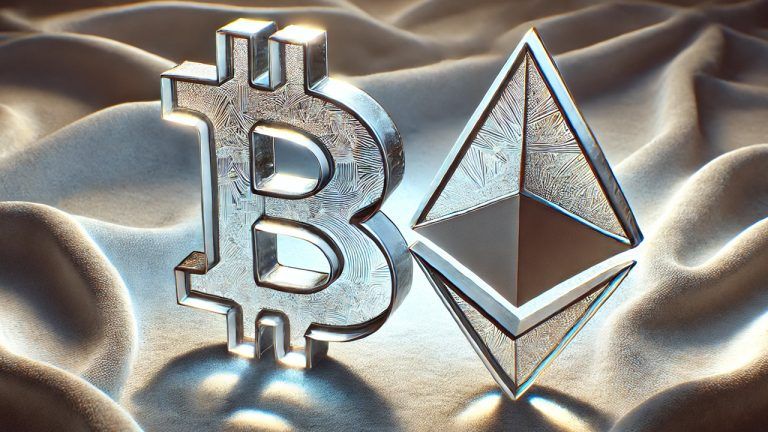


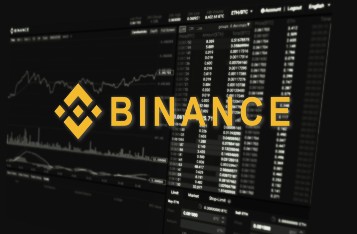

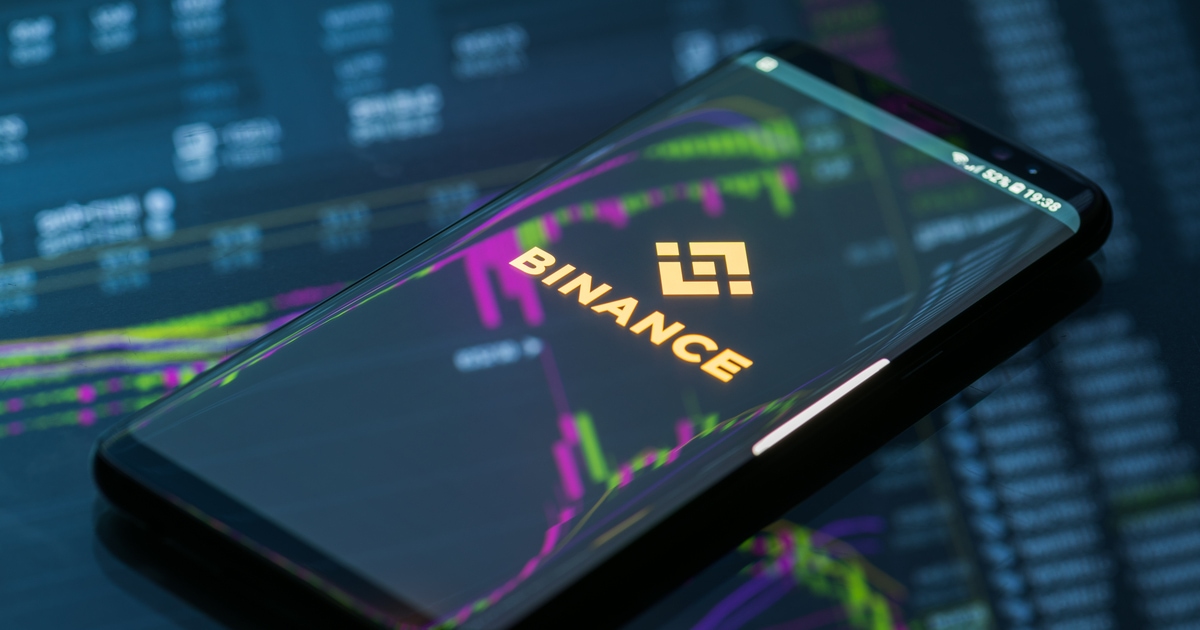



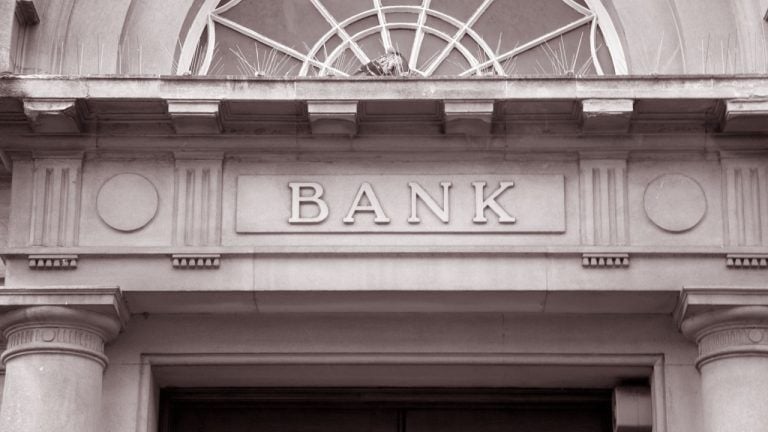


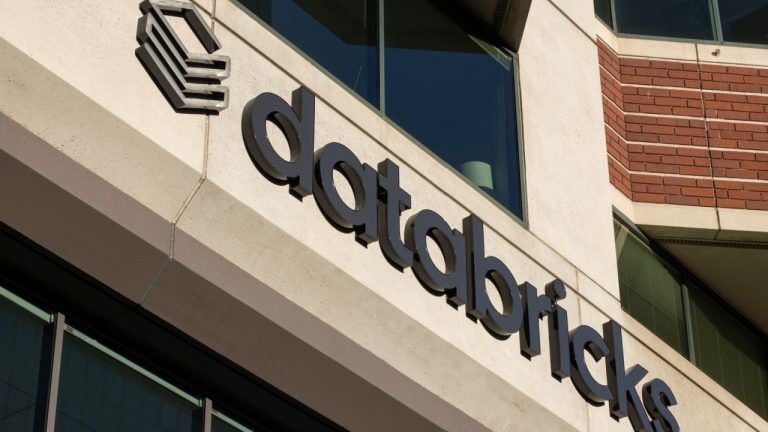
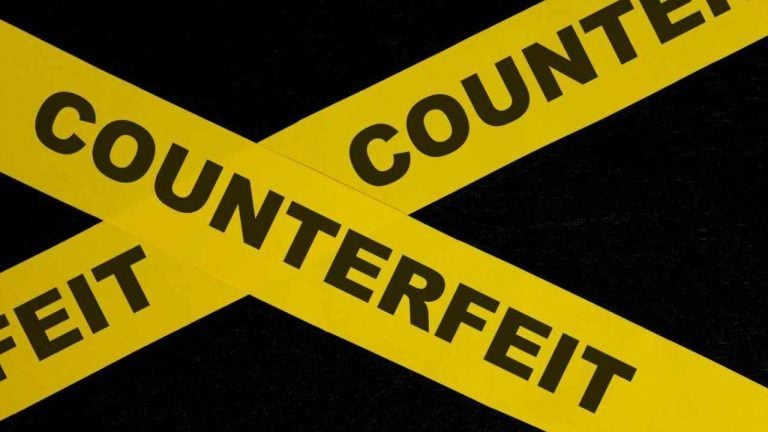
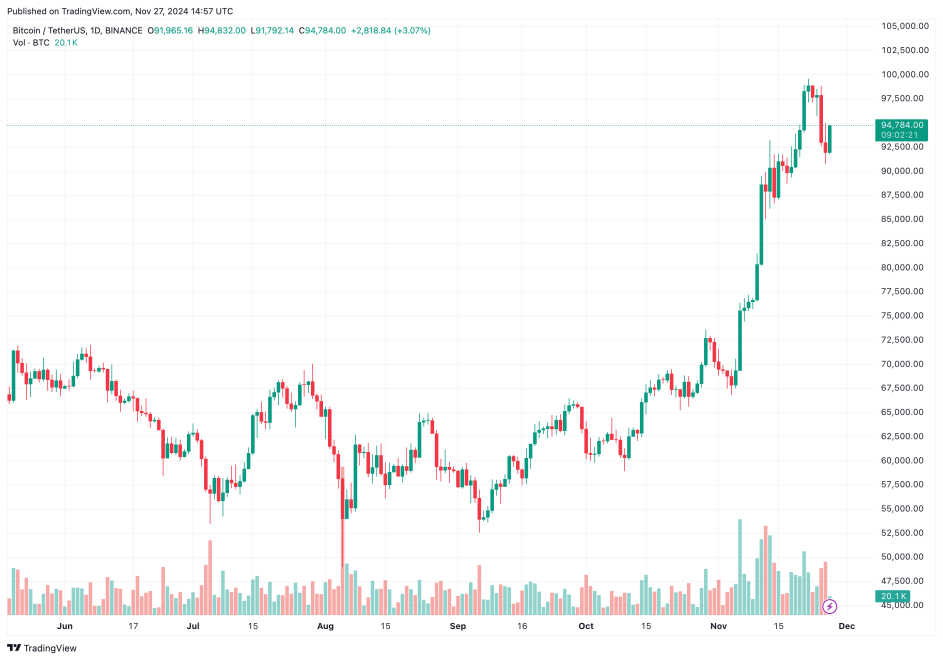


Comments